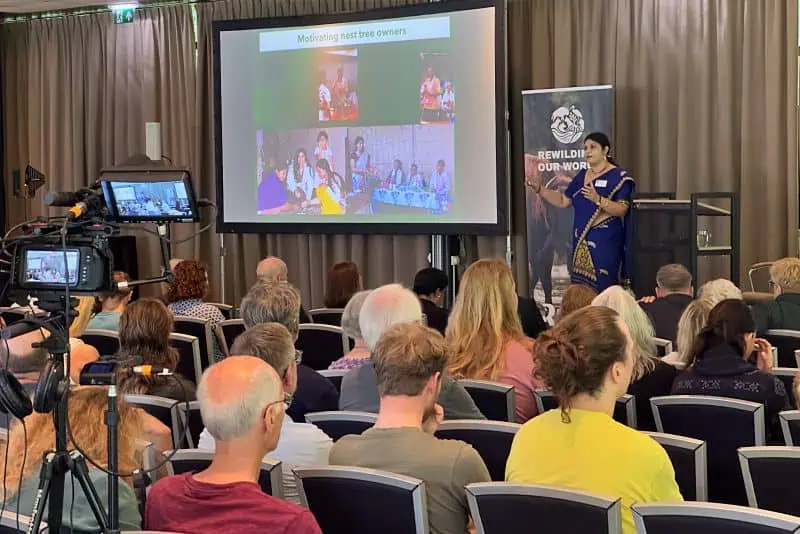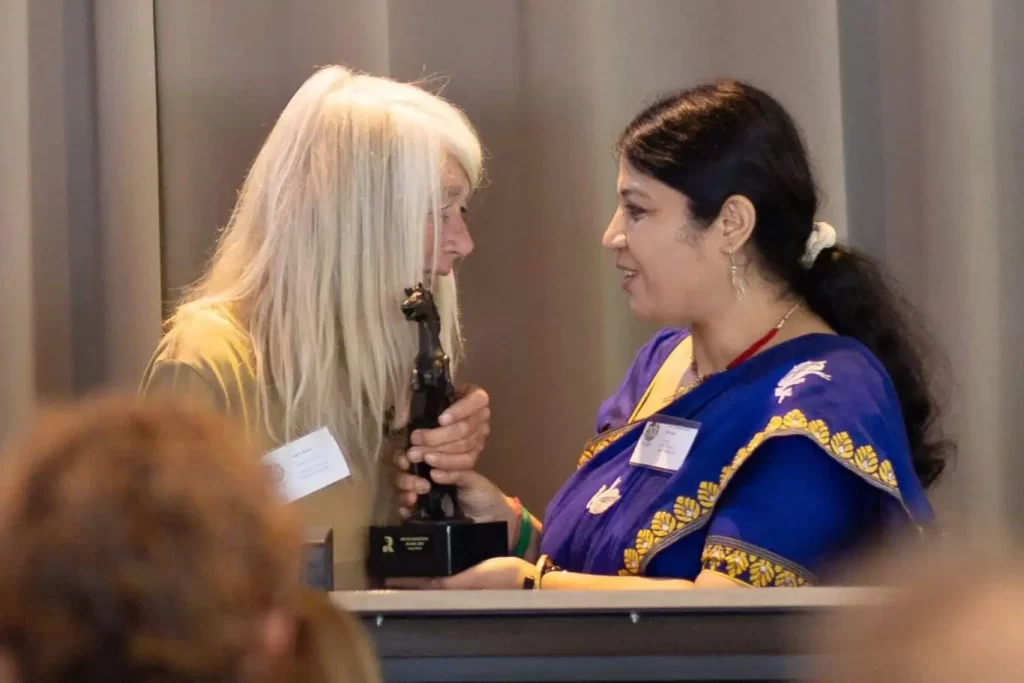Share:
Restoring our world: Standards of practice to guide ecosystem restoration
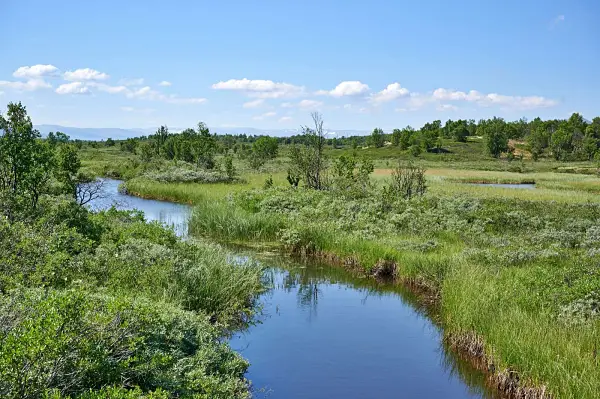
The UN Decade, spanning from 2021 to 2030, acknowledges the urgent need to prevent, halt, and reverse the deterioration of the world’s ecosystems. Restoration of degraded ecosystems is crucial for the recovery of biodiversity, ecosystem health, integrity, goods and services, climate change mitigation, and human health and well-being.
In order to achieve the highest level of restoration possible, UN Decade partners have developed ten principles for ecosystem restoration through a consultative process.
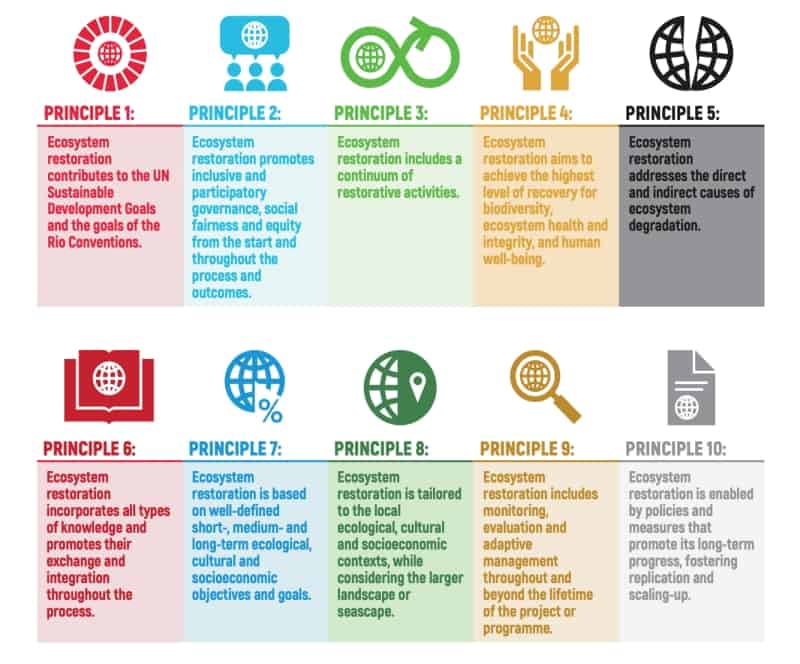
Ecosystem Restoration.
To facilitate the application of these principles to restoration projects, the Standards of Practice provide key recommendations for the entire restoration process. These standards are applicable across all sectors of society, land or sea uses, ecosystems, and regions, and encompass the broad range of ecosystem restoration activities under the UN Decade.
The Standards of Practice were developed by synthesizing existing guidance for best practices in a broad range of restorative activities, from sustainable agriculture to ecological restoration. They also incorporate the recommendations of the Science Taskforce for the UN Decade.
The restoration process is organized into five components: assessment, planning and design, implementation, ongoing management, and monitoring and evaluation. Each component is presented in sequential order, with subcomponents and practices listed within each component.
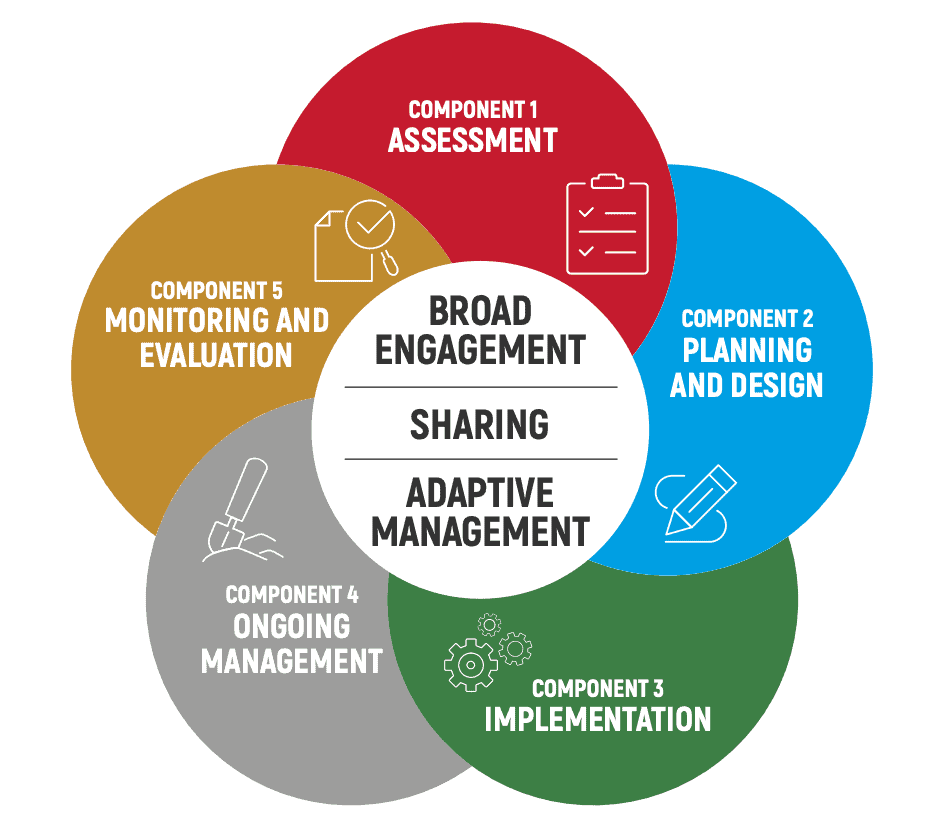
that apply throughout the restoration process.
It is important to note that the restoration process is not always linear, and some subcomponents and practices may be conducted simultaneously or in a different order than presented in the Standards of Practice. Additionally, some subcomponents and practices are repeated within more than one of the components, as they are cross-cutting and may need to be revisited throughout the restoration process.
For example, adaptive management requires an iterative process of defining goals and objectives, implementing field trials, learning from the restoration process through effective monitoring and evaluation, and applying lessons learned to planning, implementation, and ongoing management. Therefore, practices associated with adaptive management are needed throughout the restoration process. The monitoring component, which is presented last in the Standards of Practice, should begin during the project design phase.
Adherence to the recommendations within the Standards of Practice can enhance the achievement of optimal net benefits for biodiversity, ecosystem well-being and integrity, as well as human welfare. It can also encourage the participation of various stakeholders, including local communities, women, youth, Indigenous Peoples, funders, researchers, and governments. Furthermore, these practices can help synchronize efforts across projects, which is essential in realizing the highest net gain feasible from worldwide restoration initiatives.
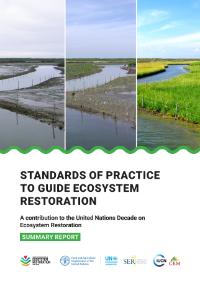
For more information, please download the summary report.
Featured image: Simon Kernthaler / Scopio

